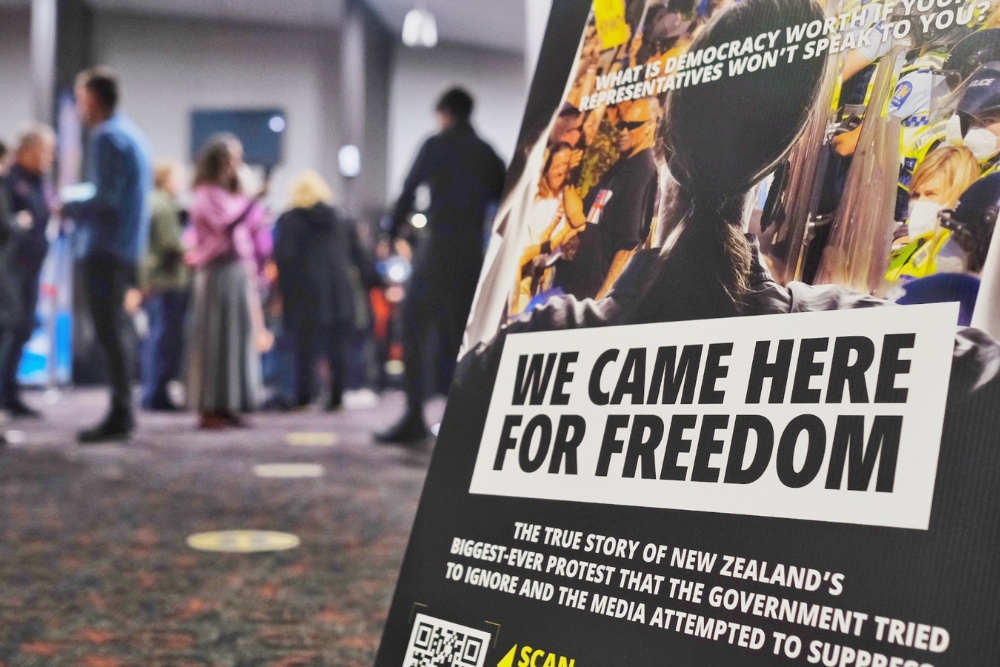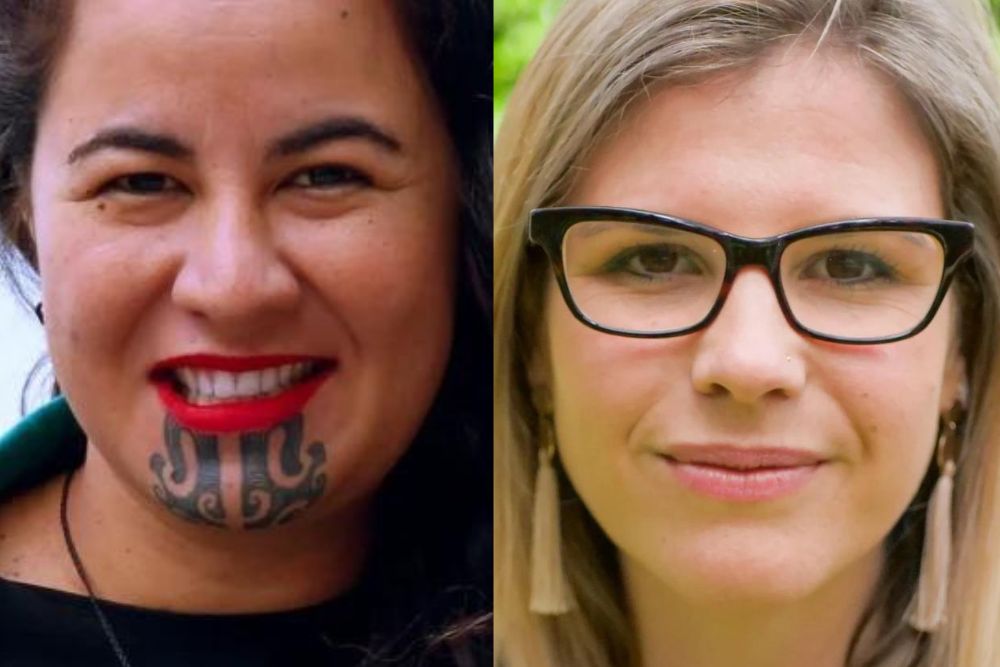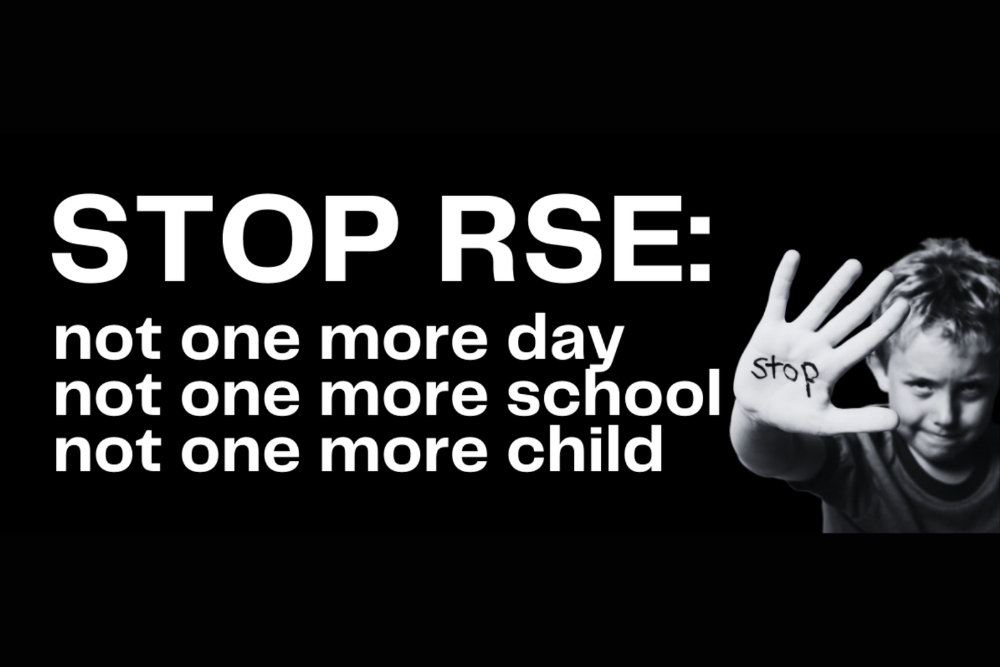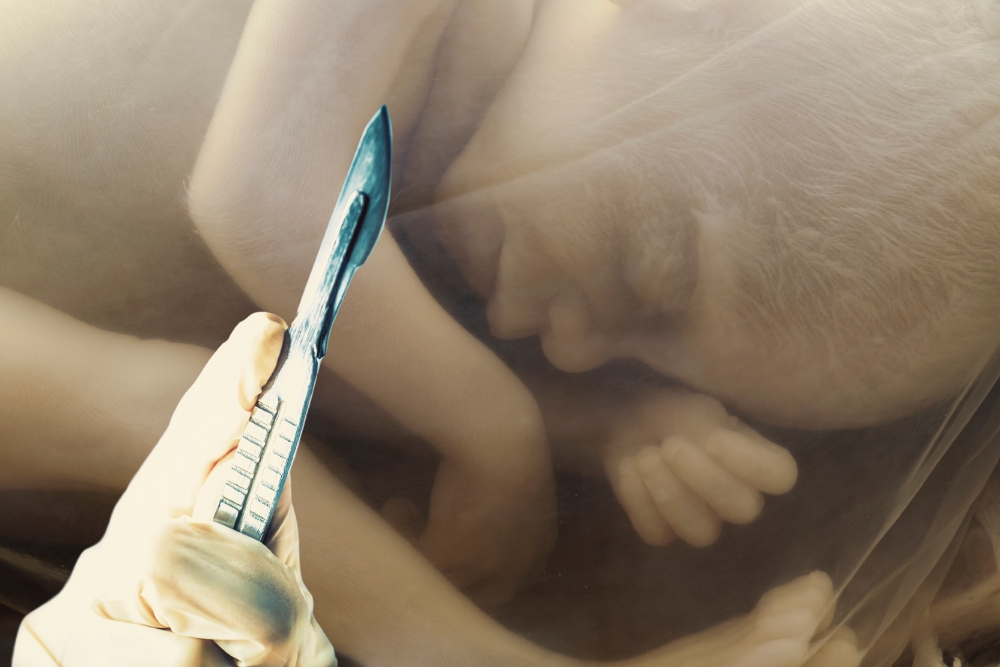By TeKāhu
Seven months ago, the documentary “We Came Here For Freedom” was launched, showing footage of the 2022 Freedom Convoy and Freedom Village.
National and international observers were quick to note an alarming amount of smear within mainstream media outlets, with government-funded ‘The Disinformation Project’ going so far as to characterise the protest as “misogyny”, “islamaphobia”, even “white supremacy.”
With a significant portion of New Zealand supporting the stance that their countrymen took, media trust has been continuing to decline significantly.
Below is part 2 as well with accompanying information from the We Came Here For Freedom team.
A story about a nation relearning the meaning of Freedom of Speech and Democracy.
In 2020-22, the New Zealand government enacted emergency laws, mandates and a medical passport system that caused thousands of New Zealanders to lose jobs, businesses, homes and health. Furthermore, those people were locked out of New Zealand society, unable to go to funerals or weddings, participate in sport, visit loved ones in rest homes or even to visit cafes and hairdressers.
But when New Zealanders who had suffered under the measures stood up to exercise their democratics rights of protest and freedom of expression, instead of trying to calm the tensions, the government ignored and demonised those who protested as a “river of filth”. And the media censored them and labelled them as white-supremacists and far-right extremists.
In the end, the divide became so large that the biggest protest movement in New Zealand’s history became inevitable, leading to the Freedom Convoy and Freedom Village occupation on the lawns and streets around parliament in February 2022. And as it happened, award-winning documentary filmmaker, Alistair Harding followed along, living amongst the protesters, filming the events and recording the stories of the people who participated.
The result is We Came Here for Freedom – a documentary film in two parts giving voice to the thousands of New Zealanders who were ignored and mis-represented by their own government and media.
It all started with a convoy.
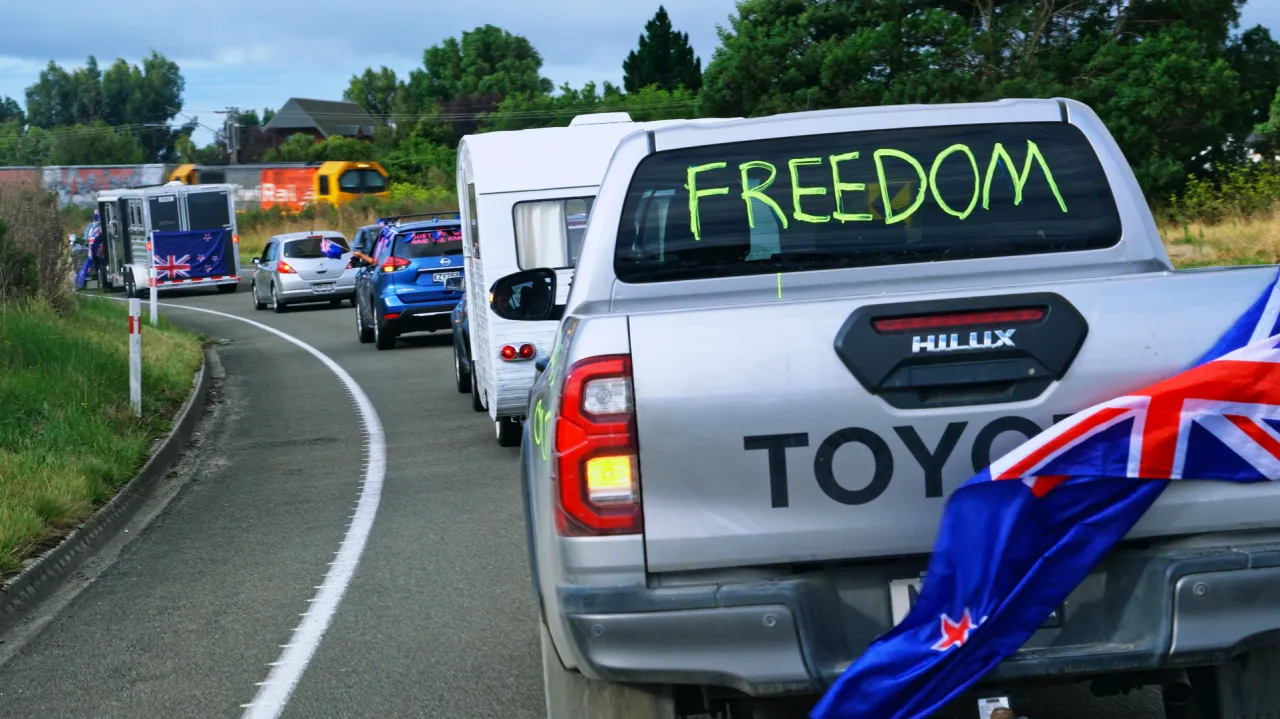
On February 6, 2022, an unprecedented event began taking place in New Zealand. Inspired by the Canadian truckers’ Freedom Convoy, New Zealanders from all walks of life began a historic convoy of their own. Starting from Cape Reinga at the top of the North Island, and from Bluff at the bottom of the South Island, the convoy headed to Wellington, gathering along the way tens of thousands of New Zealanders across the length of the country.
It was the biggest outpouring of spontaneous community spirit ever seen in New Zealand’s history, as suddenly the great myth that those who questioned the government’s actions during the covid era were a “fringe minority”. Instead, thousands of cars formed a line of flashing hazard lights that literally went the length of the country past tens of thousands of cheering New Zealanders.
It was a spectacular display of people power.
The effect was undeniable. The people had spoken, and by the time the Freedom Convoy reached Wellington, the response from all 120 members of parliament – including the opposition members – was to quickly band together and agree that they would not speak to any of the protesters who gathered on the parliament lawns. The very people they represented.
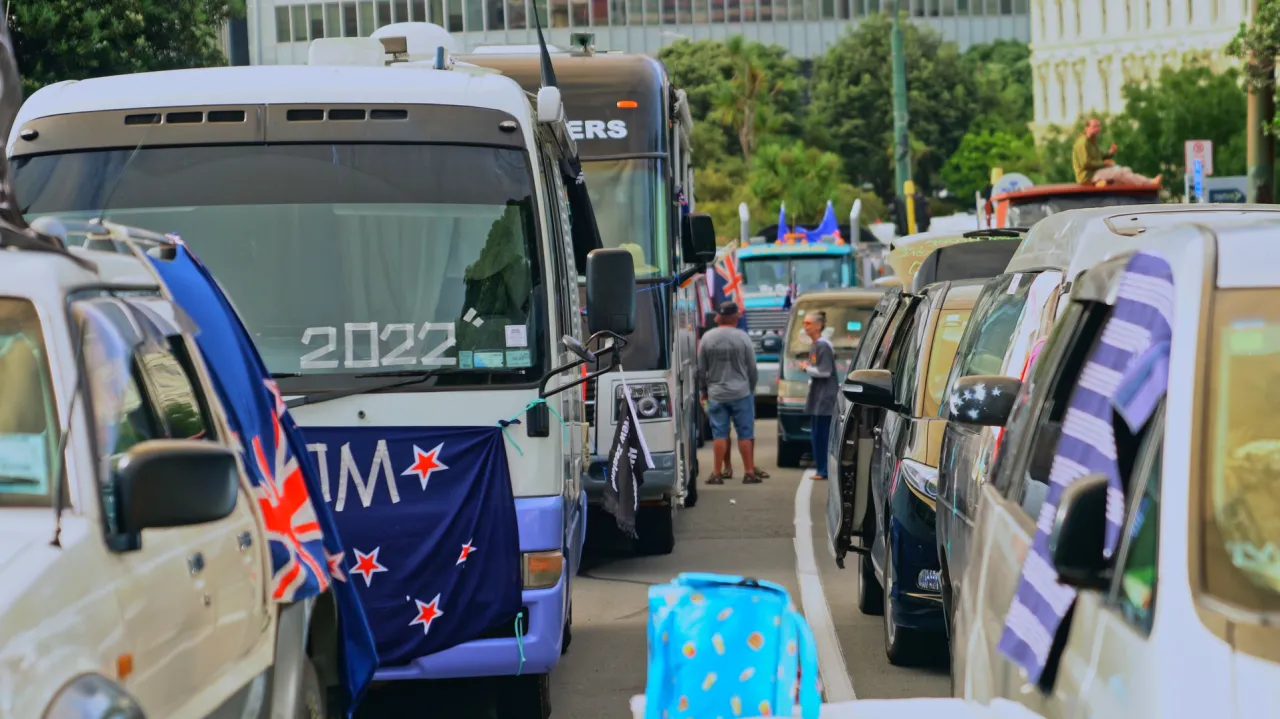
And so the impasse began.
A village formed. And as the government and its opposition parties refused to talk to the people, the people refused to move.
And suddenly, the question began to be asked: “If the members of parliament don’t want to speak with the people they represent – who DO they represent?”
Ignored and hurt
At the core of the issues that caused the Freedom Convoy and the Freedom Village, were the people hurt by the government policies surrounding medical mandates and restrictions on freedom. Among the people who gathered on the lawns and streets surrounding parliament were people who had lost jobs, businesses, livelihoods, and health.
Yet despite all that hurt, the government and media refused to acknowledge them, and instead began a campaign of vilification.
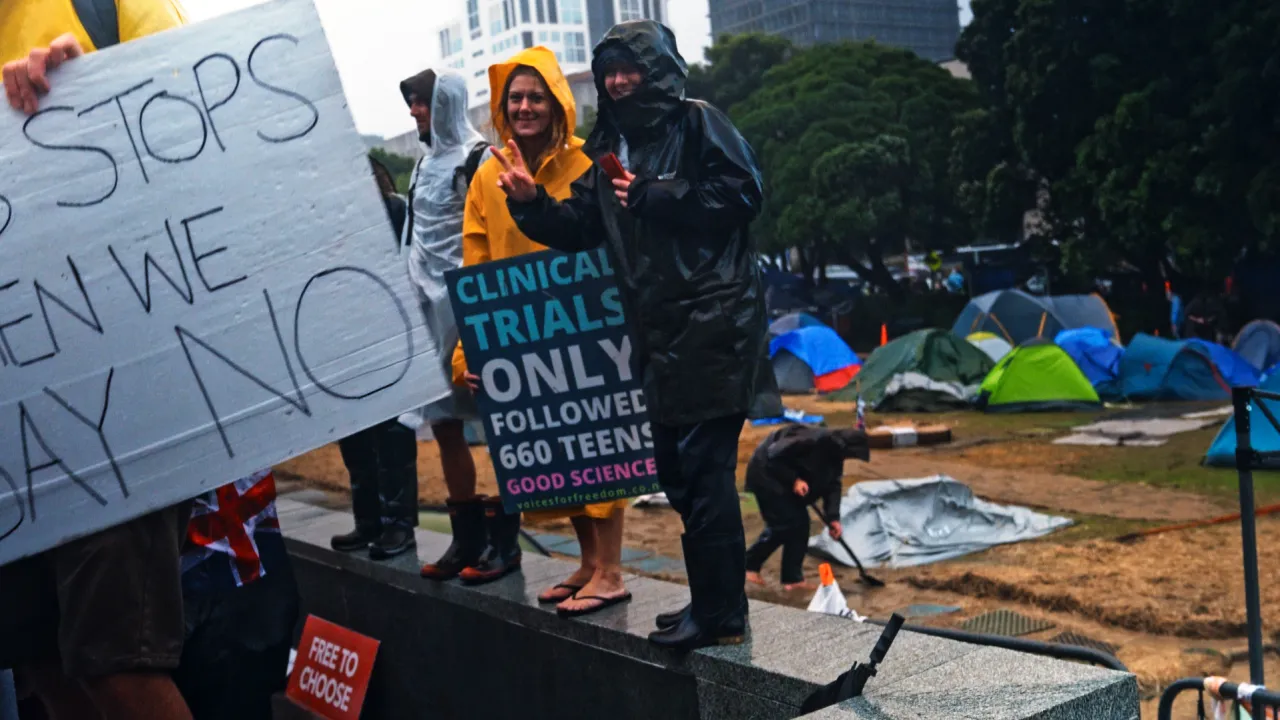
Chiefly among those was MP Michael Woods’ parliamentary speech, in which he referred to the protestors – the very people who he represented – as “a river of filth”. As a sign of how far democracy in New Zealand has fallen, it was a claim that was not protested by any of the MPs in parliament, including the opposition members.
Then, as if emboldened by such rhetoric, the media joined in, openly attacking and vilifying the protestors who had already lost so much.
We Came Here For Freedom is the story of the Wellington occupation from within. It is a story that most New Zealanders have simply not heard because both the New Zealand government and media refuse to acknowledge the stories of their own citizens.
We do not expect every New Zealander to agree with this film, but we do expect that every New Zealander should be given a voice, by right.
This is the story that the government and the media of New Zealand has fought to suppress.
It is the story that tells of the protestors at parliament in February 2022, not as “filth”, but as New Zealanders worthy of a voice.

